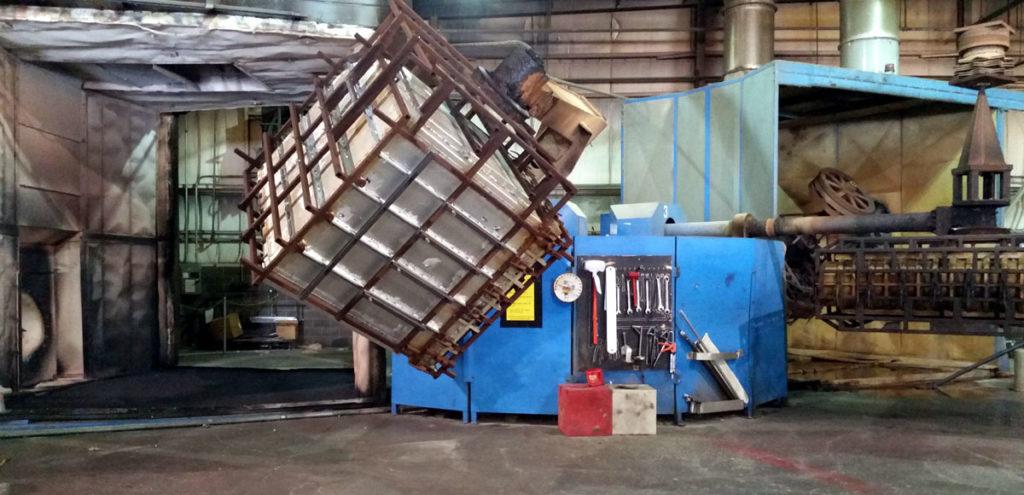Learn More About Rational Molding And Its Process
Rotomolding, sometimes referred to as roto-moulding, rotatable casting, and also redraft, can be a plastic materials recycling method which produces very durable items with virtually endless lifespans. A lot of sources are available for causal versions, with polypropylene (PE) levels getting by far the most moulded material.
– The roto-moulding strategy necessitates utilizing a mould or resource, which might be produced by different processes such as production, casting, or machining.Rotational Molding, sometimes referred to as roto-moulding, rotatable casting, and also redraft, is actually a plastics trying to recycle strategy that creates very tough goods with virtually infinite lifespans.
– An array of options are around for causal models, with polypropylene (PE) levels becoming probably the most typically moulded materials.
What is the procedure for logical moulding?
Rotational moulding is really a straightforward strategy. A powder plastic chemical is put into a hollow mould, usually built of cast aluminium or created from page stainlesss steel. The form is enclosed and progressively rotated on two axes. The polymer progressively melts and ‘lays up’ around the indoor from the form after it is warmed up within an your oven while spinning. The form is moved to your chilling station and cooled with atmosphere and occasionally a slender mist of liquefied after the polymer granules have fully melted.
The element hardens as the form cools. Once the substance has cooled enough to release in the mould work surface, the process is halted, along with the outcome is removed from the form.Even though the theory of rotational moulding is not difficult, everyone who has ever been active along the way will confirm the veracity that it must be exceedingly challenging.

